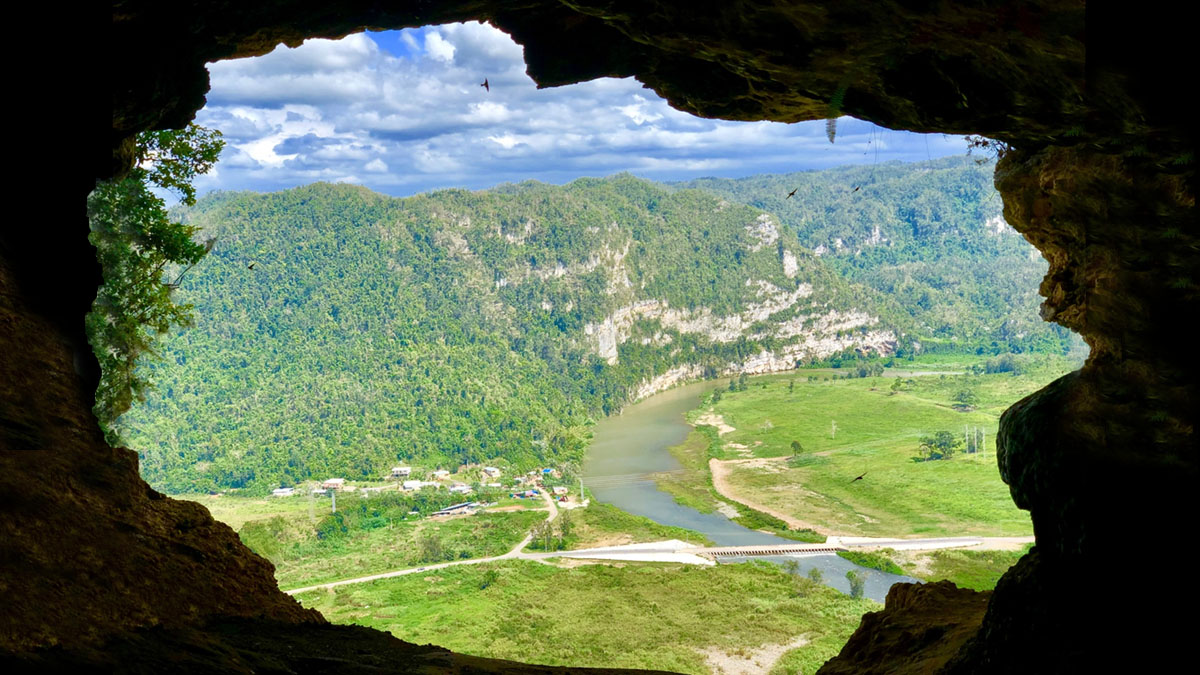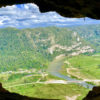Hey, everyone! This is Romal. I was recently reading this beautifully written article called “Why we’ll succeed in saving the planet from climate change.” This was featured in National Geographic’s special issue for Earth Day 2020. If you are interested in reading the article, you can find it at: https://www.nationalgeographic.com/magazine/2020/04/why-we-will-succeed-in-saving-the-planet-from-climate-change-feature/.
In this optimistic article, the author, Emma Marris, discussed various ideas that have been put forth to save our planet from climate change and provides some comments on how realistic those approaches are. Marris highlights that it is not the lack of attention that is hindering our reversal of climate change, and she proves this point by showcasing that “The public desire for action is bursting forth on the streets. Last September some six million people worldwide went on climate strike.”
The article points out the speed at which change can occur, providing examples such as how easily cars replaced horses and the rapid proliferation of plastic usage in the last few decades. It mentions that in order to make a significant impact, some legislative change must happen whether that be introducing regulations or tax incentives. After reading this, I did a bit more research on this topic and realized that the countries with some of the lowest carbon footprints, such as Iceland and Madagascar, have concrete plans and legislation on how they are going to reduce their carbon emissions. In addition, the article shows how Norway has introduced tax incentives that make electric cars just as cheap as cars that run on gas, explaining the fact that about 58% of all new cars bought in 2020 were electric (Source: https://www.npr.org/2019/04/02/709131281/electric-cars-hit-record-in-norway-making-up-nearly-60-of-sales-in-march). In fact, by 2025, according to the article, Norway is banning the sale of gas-powered cars.
In the article, there was also a mention of a “half Earth” approach towards protecting the biodiversity on our planet. This “half Earth” approach has been advocated for by many naturalists, including E.O. Wilson. The basic idea of this approach is to reserve about half of the Earth solely for wilderness and limit human activity in those areas, allowing us to somewhat reverse and slow the current extinction crisis for many species across the world. If you would like to learn more about this “half Earth” approach, you can visit: https://www.half-earthproject.org/discover-half-earth/. Despite the potential that this method has, many have commented upon the fact that it is not entirely realistic since this approach would require the displacement of numerous people.
Let me know your thoughts on how legislation and innovative ideas like the “half Earth” approach can help alleviate our current environmental crisis. Join the discussion!






Romal, I had not heard of “Half Earth” until I came across your blog and the related link.
I am beginning to love your blogs. How frequently do you blog? I look forward to more of these.
Hi, Jennifer! This is Romal. Thank you for your kind words. I look forward to sharing more interesting and novel environmental ideas on my blog. I post my blogs about once a month.